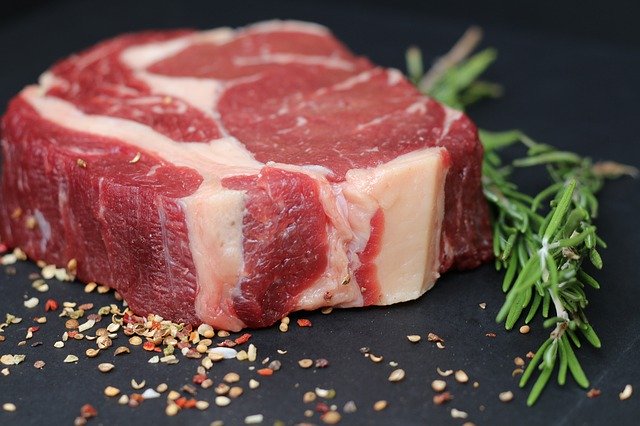
The Best Cut Of Steak – Different Steak Cuts
While all cuts of beef come from the same animal, they are not necessarily the same when it comes to flavor, texture, or ideal cooking method. Depending on an individual’s personal tastes and the way they are planning on cooking their steaks, there are certain cuts that are going to be more appealing than others. It’s good to differentiate different cuts of steak to determine which is going to be the most ideal for your individual preferences.
Steak Cuts and the Best Cut of Steak
Depending on the cooking method and texture preference, there is a wide array of different steak cuts to experiment with. Different cuts have different flavor signatures and tenderness levels so it’s good to choose a cut that fits your preference and cook it appropriately to preserve its natural features.
Beef Tenderloin
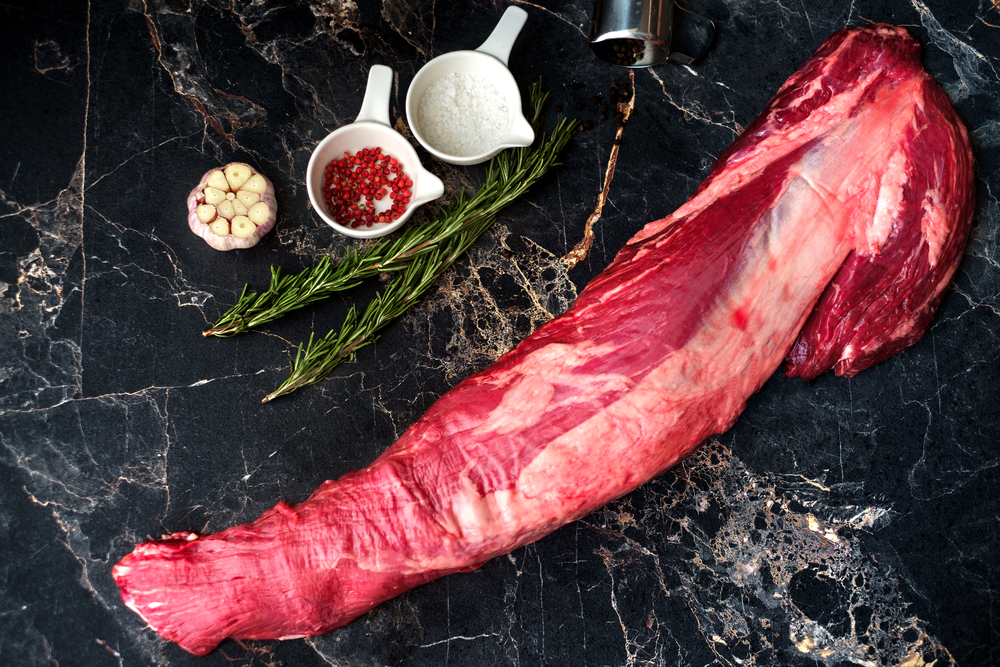
As the name suggests, tenderloin is a highly tender cut of beef, which is part of what makes this cut more expensive than others. Though the natural flavor of tenderloin is bland compared to other robust cuts, proper seasoning or marinading can help improve the flavor so that the tenderness can be truly appreciated.
Keep in mind, tenderloin steaks are easy to overcook due to the fact that they’re less fatty than other cuts of steak.
Rib-Eye
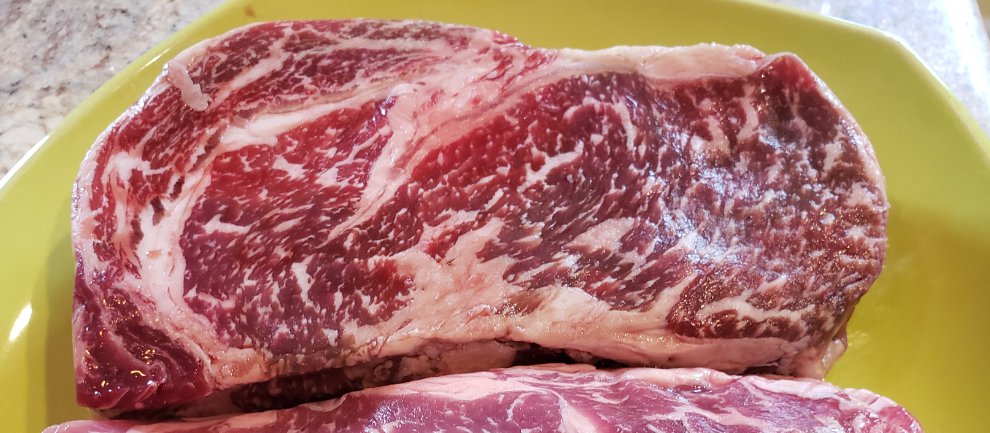
Also called rib steak, rib-eye steaks are commonly a favorite in the beef world being that they are both tender and flavorful. They’re flexible when it comes to serving methods and can come boneless or bone-in depending on preference. Both are grill-appropriate and can be served at any degree of “doneness” from rare to well.
Porterhouse
Porterhouse steaks are a rump-area cut of beef that features two different textures of meat. On one side is rib-eye muscle and on the other is tenderloin. Because of the texture diversity in a single cut, porterhouse steaks tend to be expensive in restaurants but can be purchased and grilled at home for an affordable price.
T-Bone
T-bone steaks are cut along the same area as porterhouse steaks, however, due to the fact that they’re cut from a different part of the short loin, not as far back as the porterhouse cut, they typically include little or no tenderloin meat.
In addition, T-bone steaks tend to be more tender than their porterhouse counterparts, so if you’re looking for softer meat, T-bone steaks might be worth trying.
Sirloin
Sirloin steaks are popular being that they are relatively inexpensive, despite being tender and flavorful. While it isn’t as tender as porterhouse or rib-eye steaks, it’s not typically tough or chewy when cooked properly.
When grilling, cooks should take special care to avoid overcooking a sirloin so that the optimal flavor and tenderness can be preserved.
Tri-Tip Steak
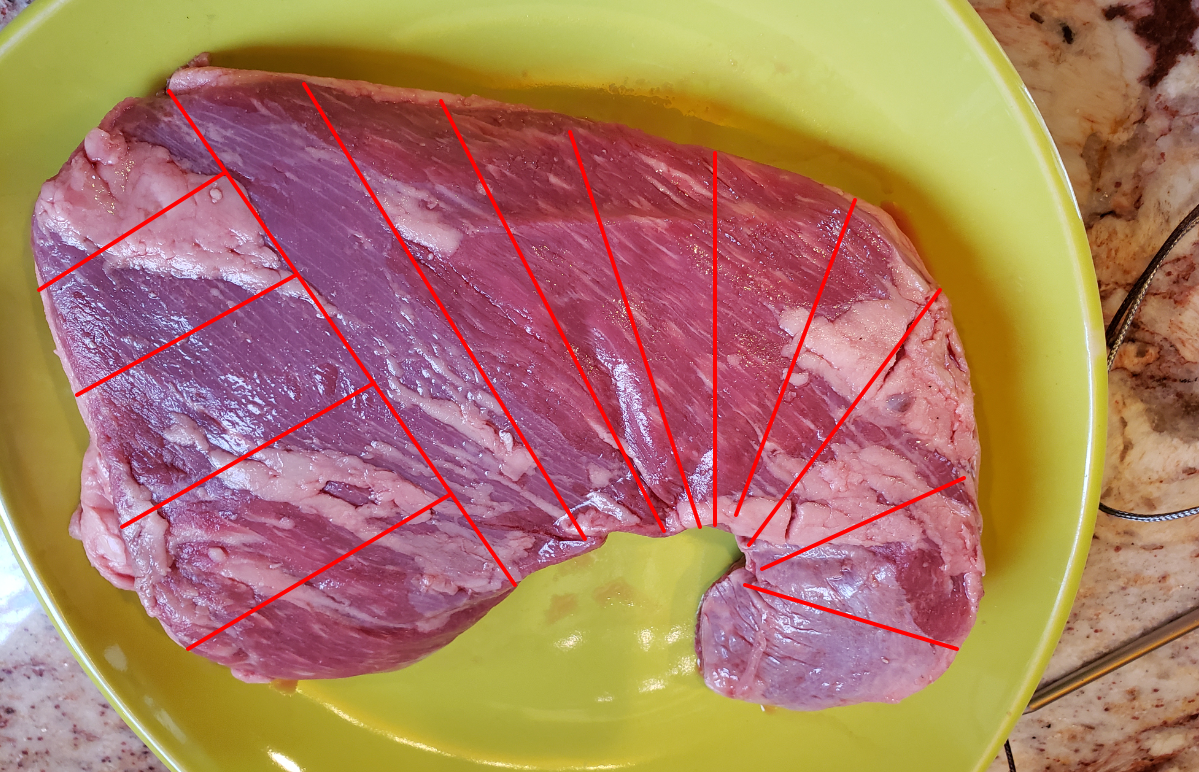
Tri-tip steaks are cut from the bottom sirloin and tends to be a triangle shape. This meat is extremely flavorful and if cooked at a low and slow temperature, this can be tender. This is a great cut of meat due to the flavor, tender texture and cost. One thing to keep in mind when cutting the tri tip – this needs cut in multiple directions – across the grain.
Flank
If you’re looking for a tougher steak, flanks are a good option to try. Though they’re on the tougher side, they’re flavorful due to the fat and muscle tissue that make up the cut.
Again, flanks are ideal if you’re not intending to tenderize your steak cut and instead prefer a tougher cut of meat. While seasoning and marinading will increase flavor, flanks are not easy to tenderize.
Skirt
Skirt steaks are another cut that’s on the tougher side, being that they are cut from the inner abdominal and chest cavity rather than the loin section where most of the other cuts mentioned are found. Skirts are thick and considered to be somewhat chewy, but they’re highly flavorful.
Cooking Different Types of Steak Cuts
When it comes to cooking different cuts of steak, each can be grilled with relative ease as long as heat and timing are considered.
- Tenderloin: because tenderloin is relatively lean, it’s important to avoid overcooking so that it doesn’t become dry. Though grilling is a popular cooking method for this cut of steak, they’re also commonly broiled or roasted.
- Rib-Eye: these cuts are relatively versatile when it comes to the heat they’re cooked at, but they should be allowed to come to room temperature before grilling in order to prevent them from drying out.
- Porterhouse: it’s best to bring this cut of steak to room temperature before cooking to avoid having it dry out while grilling. From there, they can be cooked over medium heat for a couple of minutes on each side.
- T-Bone: it’s suggested that these cuts be cooked quickly over high heat in order to maintain their texture.
- Sirloin: this is a relatively flexible cut and it’s ideally cooked on a grill to the desired degree of “doneness”
- Flank: because of the toughness of this cut, it’s best to marinate it, then cook it over high heat for a couple of minutes (2-3) on each side, then a couple of additional minutes (4-5) over indirect heat.
- Skirt: marinade and allow steak to be fully thawed, then cook for a short period over very high heat to avoid overcooking.
Depending on individual preference, the best steak to grill can vary. While some steak-lovers prefer tender and flavorful meat, others choose cuts that are on the tougher side. Because beef cuts are so versatile depending on where the cut comes from, it’s important to get seasoning, marinating, and cooking temperatures right in order to produce the best cut of steak.


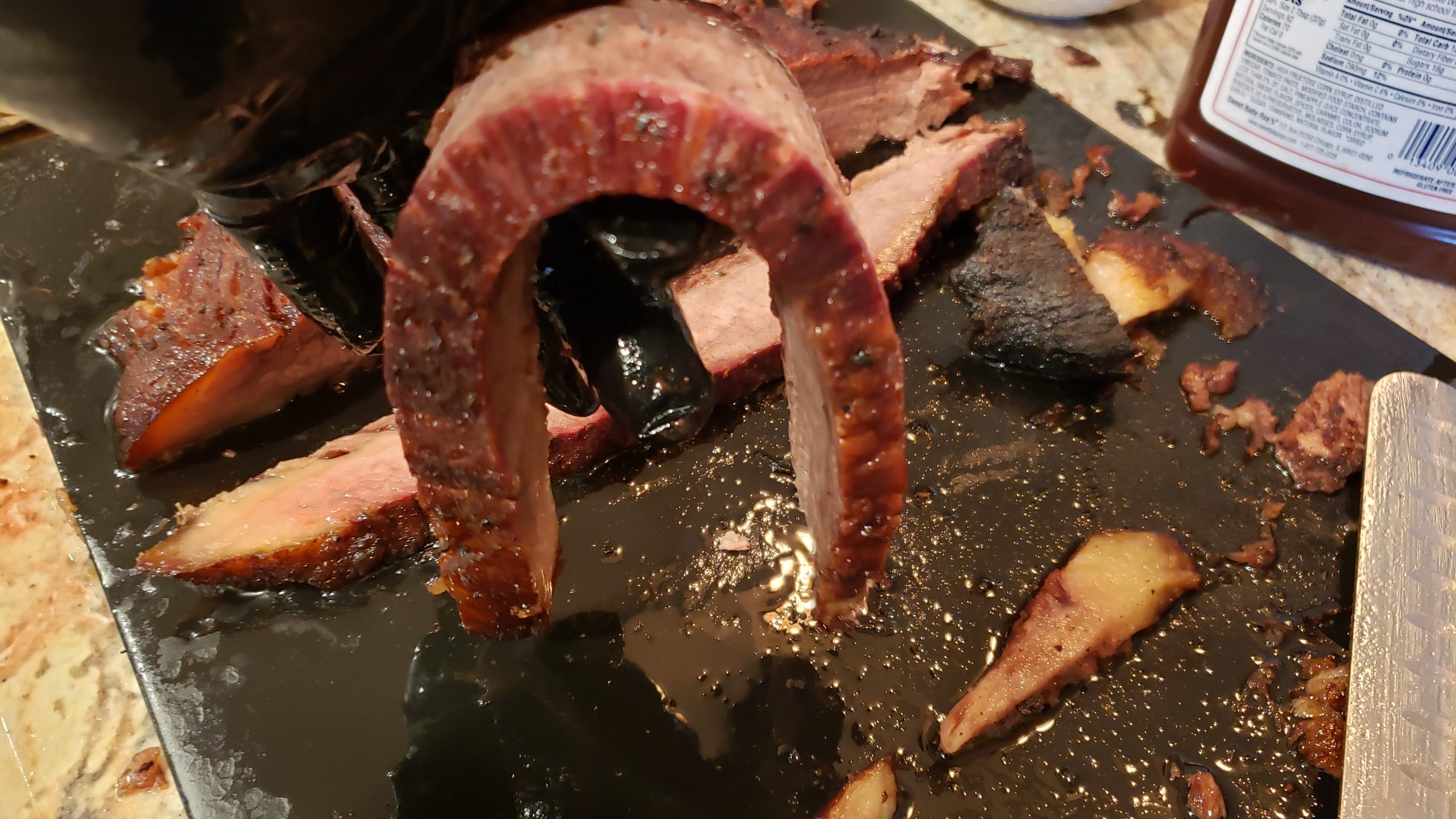
Thank you!!
Cutting tip good.